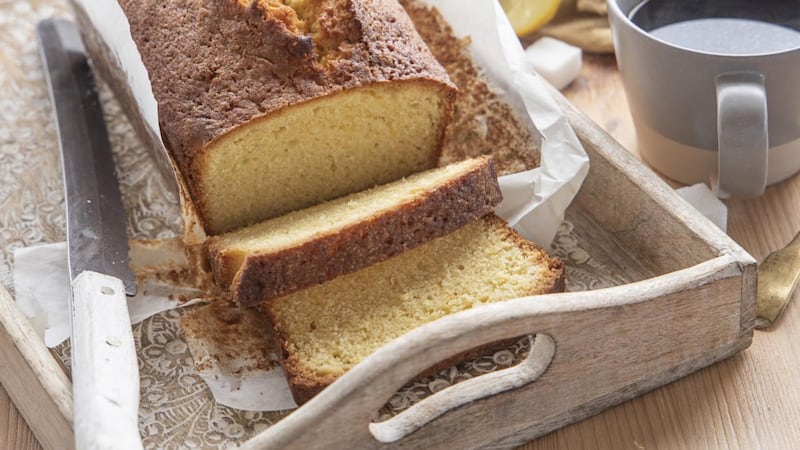How our grannies, or great grannies, made this cake with zero electrical appliances – in between wringing out the sheets, feeding the hens and raising children – never ceases to amaze me.
This unassuming farmhouse treat frequently elicits more praise than other more flamboyant cake creations in the cookery school. Its plainness is its sheer beauty, possessing an element of back-to-basics honesty in a world gone crazy on bling.
Often dismissed as old fashioned, dry and boring, pound cake is a recipe that every baker should keep in their repertoire. The original method involved mixing together a pound weight of butter, sugar, eggs and plain flour (why aren’t all recipes so easy to remember?).
It produces consistently excellent results. It is the perfect cake for a novice as it is easy to play around with, by adding different flavours and marbling effects. Its firm, dense texture means that you can stuff a loaf in your rucksack on a hike (or for a picnic). On a recent mountain hike in Wicklow, I found it was the perfect pick me up when everyone needed a boost at the summit. No cake boxes, no sticky fingers and tissues littering the countryside.
Although I have converted and rounded the pound weights to metric grams in the recipe, it’s still a pound cake. Using plain flour without any added raising agents would appear to defy the natural order of ingredients for a well risen loaf. However with lots of eggs, this traditional pound cake recipe rises well, while the yolks also add an attractive yellow colour.
This recipe could be made in a round cake tin, but this somehow ruins its charm. Befitting our green agenda – why waste electricity on one cake when you can bake two at the same time (and slice and freeze one)?
EASY POUND CAKES
Makes 2

Ingredients
450g butter, at room temperature
450g caster sugar
450g eggs (approximately 8 large)
Zest of 2 lemons
450g plain flour
Pinch salt
Icing sugar, to dust on top
Method
1 Preheat oven to 180 degrees, fan, or equivalent. Line 2 x 2lb loaf tins with baking parchment.
2 In a large mixing bowl, and using an electrical mixer, first briefly beat the butter to soften it, then add the sugar. Continue whisking the butter and sugar together to create a light and fluffy consistency (it will take about three minutes, so scrape down the sides of the bowl occasionally to ensure all the mixture is creamed).
3 On a slow speed setting, add the eggs one at a time, beating well after each egg and until all are all incorporated.
4 Add in the lemon zest.
5 Sieve the flour and salt into a separate bowl. In three batches, use a large spatula to fold the flour into the batter, making sure each batch of flour is fully incorporated before adding the next. Stop mixing once all the flour is mixed in without any flour pockets remaining.
6 Divide the batter evenly between the prepared loaf tins (there is no need to smooth the top, but you can if you like). Bake both loafs on the middle shelf of the preheated oven for one hour. The cake is cooked when it looks well risen and golden; the top should spring back when lightly touched with a fingertip (once cooked, a skewer inserted into the centre of the cake should come out clean).
7 When both cakes are done, let the cakes sit in the tins for 10 minutes, then transfer to a wire rack to cool completely.
8 Dust with icing sugar and serve cut into individual slices. They can be stored for three to four days if wrapped tightly in clingfilm and left at room temperature.
Variation: Create different versions with the addition of spices, vanilla, cocoa powder, coffee essence, lime zest, nuts and chocolate chips.












